It may be hard to believe, but we often take our ankles for granted. We never really think about their use in our everyday activities or exercises until they’re sprained or swollen. We shouldn’t only think of them when something has gone wrong. Instead, we should strive for sustained ankle strength the same way we look after other parts of the body, like our heart or arms. It is imperative to maintain the mobility of our ankles, especially when adhering to an extensive exercise regimen.
One ankle-strengthening exercise is deadlifting. This movement is beneficial for lower body strength and function. However, if you lack ankle mobility, you may not even be able to thoroughly complete deadlifts or squats.
Dorsiflexion is the movement of your knees over your toes during squats and deadlifts. Limited ankle flexibility and mobility can lead to weight-bearing, pressure, and damage in surrounding joints.
Why is ankle mobility so important?
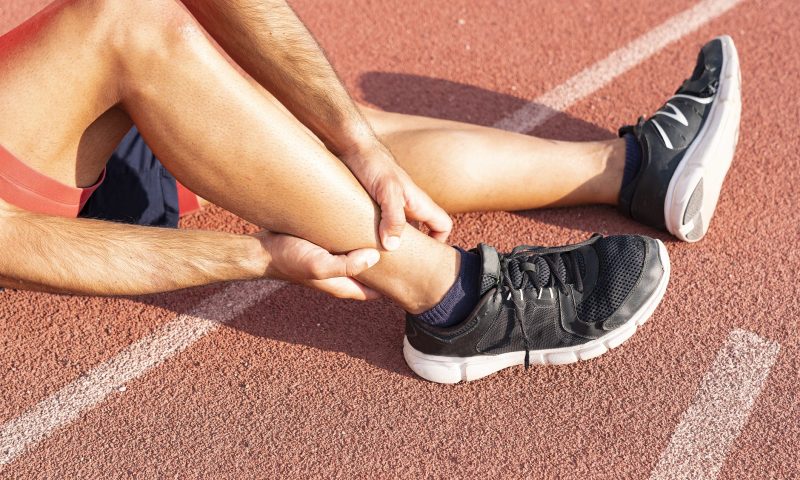
Ankle mobility is important for your overall health and functioning. Adequate flexibility supports the ability to safely carry out tasks, particularly those involving bending and lower body strength.
Without flexibility or free range of motion, there may be an onset of walking difficulties, as well as weakened hip and knee muscles. Finding and engaging in the best-fit ankle mobility exercise can help to preserve your ankle health.
5 effective ankle mobility exercises
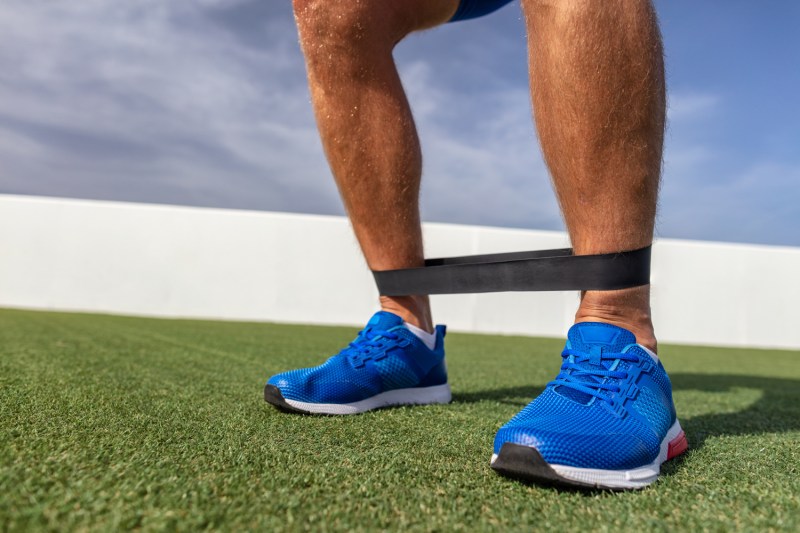
1. Ankle circles
Ankle circles are effective for ankle mobility and will help to support your range of motion, allowing you to move more freely. The circles can be done while you’re seated or standing.
While seated, place a foam block or a towel under your ankles and turn your ankles in slow circles clockwise and then counterclockwise. It’s important to keep your leg still, only moving your ankle and foot. You can switch up the exercise by using your big toe to spell the letters of the alphabet or even make words.
2. Single-leg hops
Single-leg hops are a type of plyometrics, exercises that involve jumping. This is beneficial for the ankle muscles and other muscles to quickly reach optimal force. Additionally, jumping and hopping with stability can allow your ankles to endure any pressure applied when you’re running or doing other physical activities. Start these exercises slowly to build up the necessary physical strength.
Single-leg hops and other workouts targeting single-leg balances help us to improve balance and core strength. With better control over your movements, you’ll be better at shifting your weight between your legs, especially if you need to work or exercise that requires you to use just one leg.
To do the hops, stand upright with your arms by your side and then lift your arms as you jump straight up on one leg. The hops can be done moving backward and forwards, as well as a swaying side-to-side motion.
3. Plantar flexion exercises
Flexion exercises strengthen the plantar flexion motion. This involves the motion of pointing your heels downward towards your toes. Resistance plays a role in propelling this motion.
For this, sit down with a band wrapped around your foot. Bend one knee as you plant your heel on the floor. With the other leg resting on the floor, slowly point your toes forward and then back to release the tension and follow up by switching feet.
4. Walking lunges
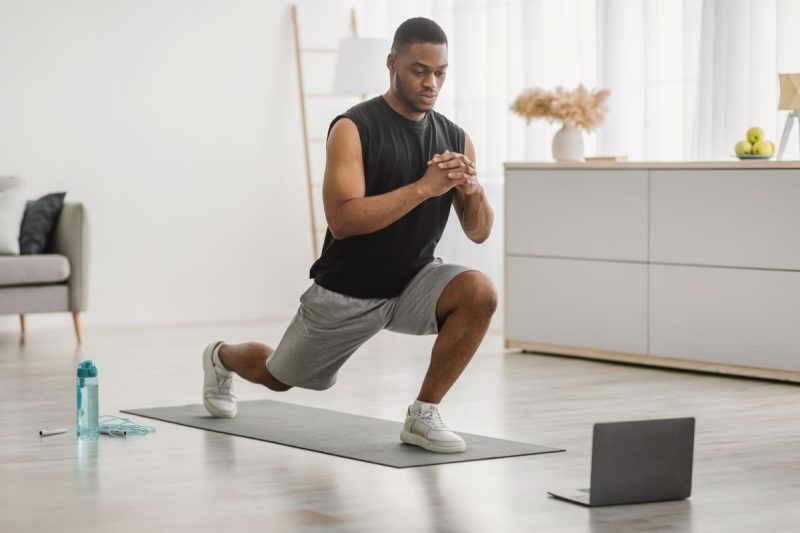
Various types of lunges can be helpful for balance and ankle strength. Walking lunges are just one type of lunge, and they can also be supportive of your core. To execute this exercise, bring one leg forward with the front knee bent at 90 degrees. As you do this, lower your other knee down, with the thigh parallel to the floor. Hold the position for a few seconds, then switch, bringing the back leg to the front. Then begin lunges with this leg as the lead.
Walking lunges can also serve as a quad exercise that helps to support the muscle groups of your hips, knees, and legs. Remember to do this exercise with good posture while looking straight ahead. This is a convenient, no-equipment-needed exercise that is safe to do in your home or office.
5. Toe-heel walks
Toe-heel walks will help to support your ankles and your feet. For this workout, walk on your toes for a distance of 30 feet and return to your original position by walking on your heels. You can do this activity around your house, in your kitchen, or as you do household tasks.
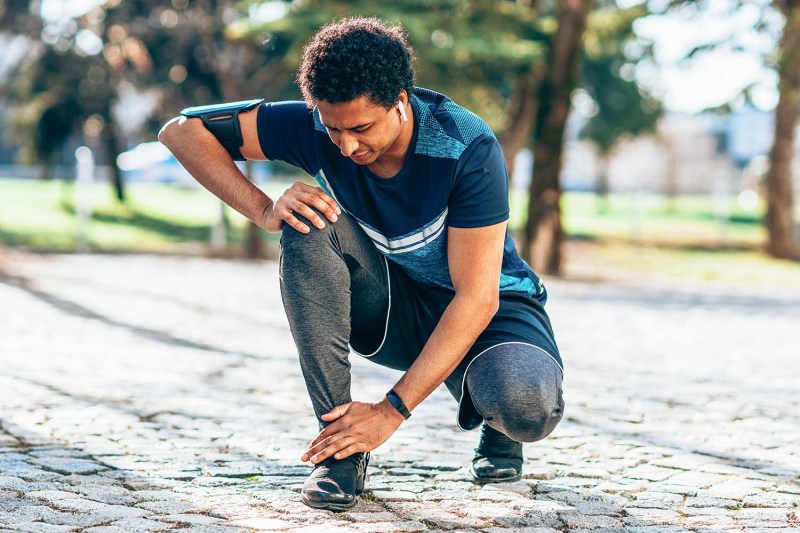
Food for thought
Overall, it’s very important to look after your ankle mobility and strength. These factors have larger impacts on your ability to perform workouts and day-to-day tasks safely and efficiently. If you neglect your ankle strength, it eventually declines and can even lead to the deterioration of joints and bone health. Engaging in these five quick exercises can enhance your ankle mobility. Doing ankle stretches can combat any stiffness or soreness that you experience and optimize your movements.
Additionally, doing activities like jumping rope can help with plyometrics and lower-limb strength. As you jump rope with restricted motion of your legs, the springing movement can expand ankle and foot mobility. Taking care of your lower body is great for alleviating arthritis and similar pain, and it helps prevent against injury. Another tip: Like with the plantar flexion exercises, the emphasis is on resistance. The tension involved will promote stronger muscles.
Frequently asked questions
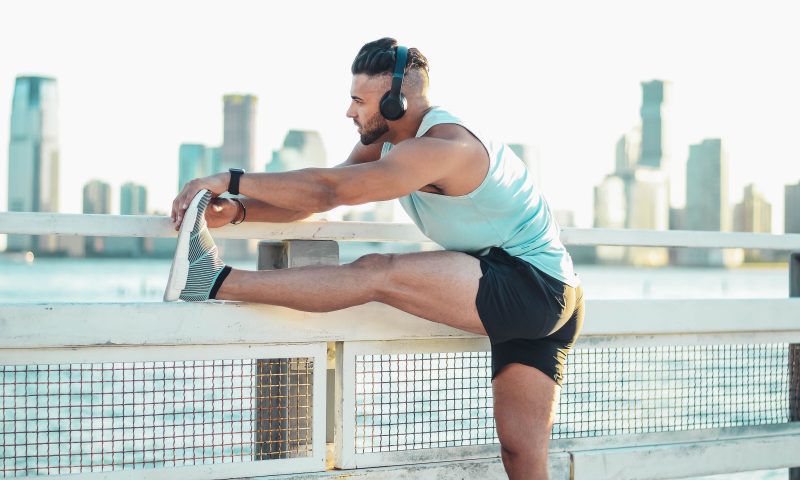
What causes poor ankle mobility?
Poor ankle mobility may be the result of inflammation, stiff joints, or restricted flexibility in calf muscles. Another common cause is damaging activity and previous injury. Especially in athletes and physically active individuals, constant strain and wear and tear on the body can lead to ankle instability.
Also, wearing certain shoes, like high heels, long term, can cause injury. Issues may develop over time with age and weight, as seen in many arthritis-related conditions.
How long does it take to fix ankle mobility?
It’s worth noting that we can’t expect ankle mobility to be repaired very quickly because the insult likely developed over a long period. You may see improvements over a two- to four-week span. However, if we consider the typical musculoskeletal injury, like a sprained ankle, it could take up to six months, depending on the depth of the issues.
Engaging in these exercises, among others, multiple times during the week can help you to see improved and strengthened mobility.
How do you unlock a full ankle mobility?
To unlock full ankle mobility, you need to consistently engage in these exercises for a considerable period, approximately 12 weeks or so. During this time, doing at least these five exercises for a few minutes daily or a few times each week can result in strengthened muscles, better tolerance, and prevention of sprains and injuries. To get the best results, it’s important to actively support your ankle muscles and strength, ultimately improving your movements.



